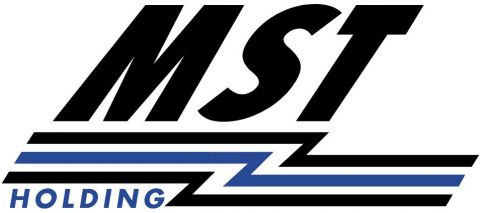All calls are inevitably different, but follow the same structure: greeting, qualification, resolution, farewell commitment and follow-up.
Each call is undoubtedly a whole in itself, but it is interesting to analyze each of the phases that compose it. In general terms, in the reception calls one could speak of six phases: greeting, call qualification, resolution, farewell commitment and follow-up.
We must always take into account this structure, the sale of a product, the resolution of a problem and customer satisfaction are at stake just in the course of the conversation. Take every second to make him feel that you are going to solve his problem. Our courses in Telephone Support and Customer Experience, will help your workers improve their capabilities. take advantage of the 25% discount on all courses until next February 28.
1.- Greeting
The corporate greeting is the first moment in which we have the opportunity to give a pleasant welcome to our interlocutor. With this objective, the most appropriate method is, at first, to mention the name of the company. Then, offer the welcome, which will normally be “good morning” or “good afternoon” and finally identify with our name, to give rise to a more personalized communication. To give a more pleasant welcome, we can open the conversation as a question, such as “how can I help you?” In summary, the greeting sequence would be structured as follows: “THE COMPANY, Good morning / afternoon, serves you xxxxx how can I help you? It is very important that all agents respect the same type of greeting, since it is a signal that identifies the company, regardless of the agent that answers the call.
2.- Qualification
It is especially important, when solving any incident, to know exactly what the client asks us, whether external or internal. We must clearly identify the problem or reason for the call and if necessary, take a note while talking and ask some questions to be totally sure. For this reason, it is essential to ask the client what the reason for their call is before giving a solution. Although it seems obvious, there are many occasions when we think that the problem “was this”, and it is not until the moment that we listen carefully to our interlocutor, when we realize that our indications were not well directed. Therefore, it is necessary to be convinced and sure of what they ask. The fact of asking the reason for the call is also essential to verify if we can help the client on the occasions when he asks for another person.
3- Resolution
We are not all the same nor do we have the same knowledge. Therefore, we cannot explain the same thing in the same way to totally different people, and we must put ourselves on the same level as the interlocutor. Our main objective is to solve your doubts and in order to fulfill it we must use words that are understandable to him. We must also order and structure the information step by step so that it is understandable, without slowing down the resolution of the problem. In addition, we must give and receive feedback from our interlocutor, in order to know if our indications are understood.
4-Commitment
We must bear in mind that the client who comes to us for any question will seek a commitment from the agent. We may not know the solution, but we must know who can provide it and when we will have an answer. We have to indicate how long we will take to call the client to give a solution and what approximate time interval will pass until you have this solution. It is not convenient to keep a person in a state of uncertainty, because what would happen if, in order to visit the doctor, he would tell us “when I can, I will call him to come and visit”?
5-Farewell
As important as the greeting is the farewell, since it is the last moment of the conversation, the moment in which we have the opportunity to leave a good image of the service offered and, in general, of the company. It is convenient to paraphrase the needs expressed by the client. That is, it is about repeating with the client’s own words the message that he has transmitted to us to confirm that we have understood him correctly or that, in effect, he has expressed an interest in our products.
6-Tracking
We must maintain an updated database on the claims we attend. It will be used to track the customers involved, after a reasonable time for the possible problems raised. Its objective is to show the interest of the company for the final satisfaction of the client and to improve if necessary.
It is also important to avoid that the client constantly calls collapsing the telephone lines and occupying the productive time of the agents.
Follow us on our networks to learn more!
